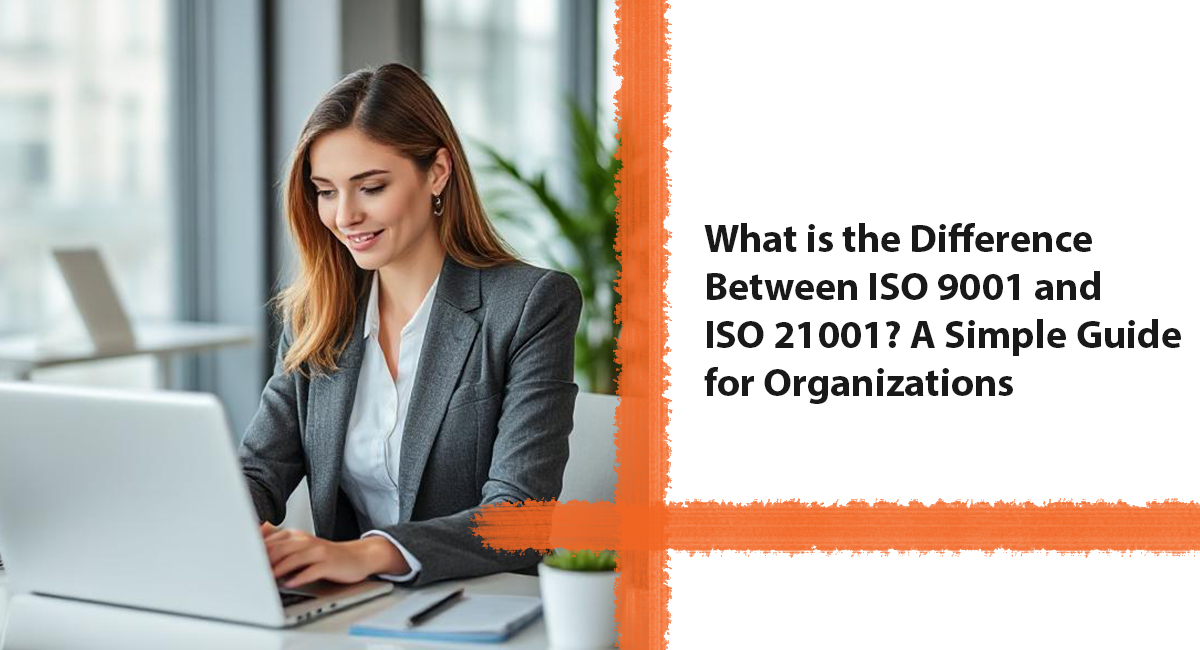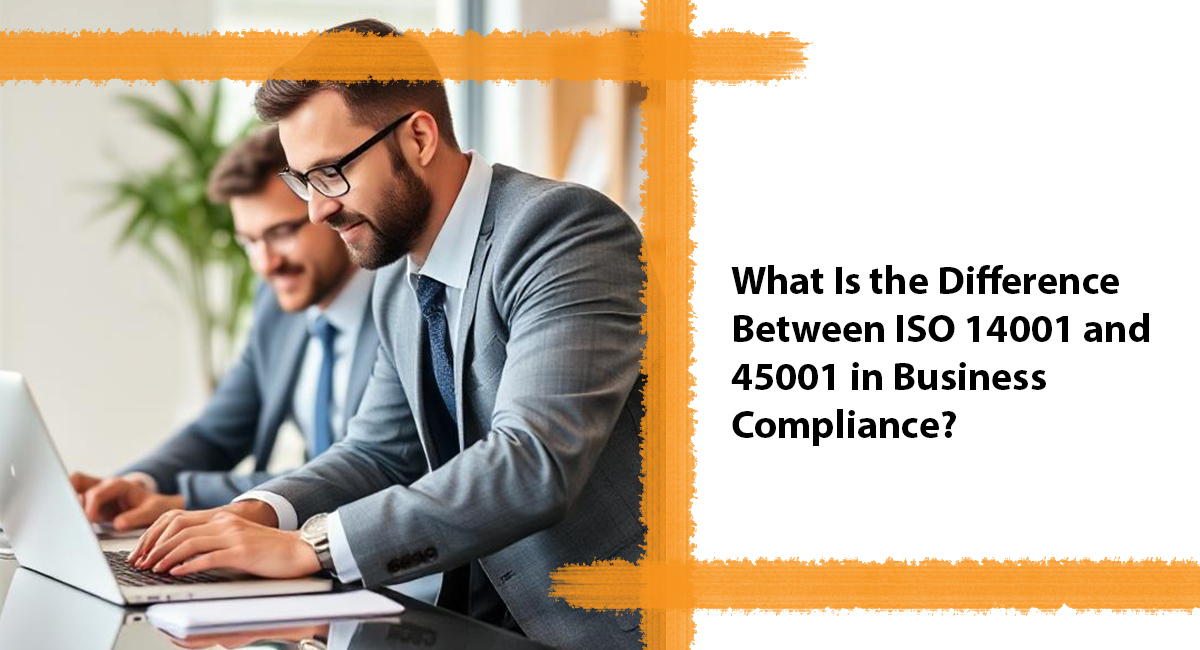The ISO 9001 certification is no longer restricted to manufacturing or corporate settings, but is more widely finding its way in the education sector, both in primary and secondary schools. This international standard aims at establishing a Quality Management System (QMS) which puts emphasis on consistency, accountability, and continuous improvement. Although school leaders are usually the ones who trigger the certification process, teachers and staff play an essential part in its success.
Within this blog, we will be disentangling the role of educators and support staff in the attainment and preservation of ISO 9001 certification for schools.
Understanding ISO 9001 in the School Context
ISO 9001 is an international standard that describes what the QMS should comprise. In a school setting, it helps streamline both academic and administrative processes to ensure better outcomes for students and greater satisfaction among parents and stakeholders.
A certified school shows that it has the potential to continually offer quality education, fulfil its statutory and regulatory needs, as well as engage in a continuous process of improvement. It is not only an administrator’s responsibility; it is also the role played by the teacher, the support staff, and the faculty.
Quality Drivers: Teachers in the classroom
Why it matters: Teachers will be on the frontline providing educational services, and their contributions are important in ensuring the quality and consistency of the academic process.
How teachers support ISO 9001 certification:
- Standardizing lesson plans: Through standardization of their lesson planning format and alignment of it with curriculum objectives, teachers can be able to standardize the quality of instruction to a certain degree.
- Monitoring and Evaluation: The data collected on teachers in the form of assessment and feedback is used in the QMS to do analysis and enhance it.
- Classroom Management Practices: A well-organized classroom environment will help represent the school as an institution that is focused on systematic and reproducible quality standards.
The teachers must also comment on the educational processes and avail of meetings where quality gaps are realized.
Process and Administrative Staff Improvement
Why it matters: Backstage activities are equally significant as teaching. Administrative staff will deal with admissions, records, communication, and coordination- all of which, under ISO 9001, should be backed by documented procedures.
The role of the staff in helping the QMS:
- Document Control: The student records, attendance records, and communication records must be maintained in good condition so as to meet the ISO standards.
- Process Mapping: The staff is usually called upon to map their day-to-day duties, have them analyzed to see where improvement is needed, and propose new processes.
- Customer Focus: Their administrative staff responds to parents, suppliers, and the government. This affects the ISO performance indicators and school reputation because they can deal with inquiries, complaints, and demands.
As staff take an active part in the training sessions and report issues, this makes up a culture of constant improvement.
Participation in Internal Audits and Feedback Systems
Why it matters: Internal feedback and audit are the main pillars of ISO 9001. To figure out what is working and what is not, teachers and staff are required to participate in such activities actively.
Key contributions:
- Audit Readiness: The employees should be conversant with any written procedures and be prepared to demonstrate to the internal or external auditors how they adhere to them.
- Corrective Actions: The school needs to be able to remain ISO compliant; therefore, their involvement in corrective and preventive implementing measures is important once issues have occurred.
- Feedback collection: Appropriate teachers collect feedback provided by students, whereas support staff can communicate with the parents and vendors. The two kinds of feedback are effective in enhancing the QMS.
The greater the involvement of the team in the audits and feedback cycles, the better the foundation of quality management of the school is.
Quality-Based Culture Development
Why it matters: ISO 9001 is not all about paperwork, but making a school culture of recognizing quality and consistency in all school processes.
How to develop this culture:
Training and Awareness: Every employee has to be aware of the fundamentals of ISO 9001 and how his or her role corresponds to the school-wide quality goals.
Team Collaboration: There should be both inter-departmental collaboration, encouraging academic and administrative personnel to collaborate towards achieving common objectives.
Reward and Rewards: Commemorate accomplishments of compliance, such as passing an audit, completing a process improvement project.
The comprehensive approach not only assists schools in acquiring certifications but also continues to uphold their standards in the long run.
Final Words
The staff cannot be compared to any other success factor in making a school successful- their roles in ensuring that a school certifies to ISO 9001 are both strategic and operational. Whether it is the upkeep of the documentation, engagement in audits, or the cultivation of quality culture, all these actions play roles. After direct engagement with the QMS scheme and complete knowledge of how it works, ISO 9001 certification for schools may into a long-term tool of improvement.
Blue Wolf Certifications is demonstrating its role in aid of schools through organized and professional certification services specific to the educational sector. Interested in achieving long-term success with the ISO 9001 rather than mere checkmark implementation, Blue Wolf can assist schools by auditing theirimplementation of ISO 9001 which will make the education better.
FAQs
Is ISO 9001 compulsory for schools?
No, the ISO 9001 certification is not mandatory. Nevertheless, it offers a competitive advantage and it proves that a school is committed in the provision of quality education.
What is the place of teachers in the ISO 9001 audit?
The teachers participate by providing documentation, taking part in interviews, and submitting evidence of quality practices in instruction and evaluating students.
Is it possible to engage the support staff in continuous improvement activities?
Yes, the administrative and non-teaching staff usually find out where to improve day-to-day operations, and this is required in the maintenance of ISO standards.
What is the duration used to certify a school as ISO 9001?
Depending upon the size of the school and its preparedness, the certification can range from a couple of months to a year.
Does ISO 9001 certification affect students directly?
Yes, students benefit from improved teaching methods, streamlined services, and a more organized and transparent academic environment.












